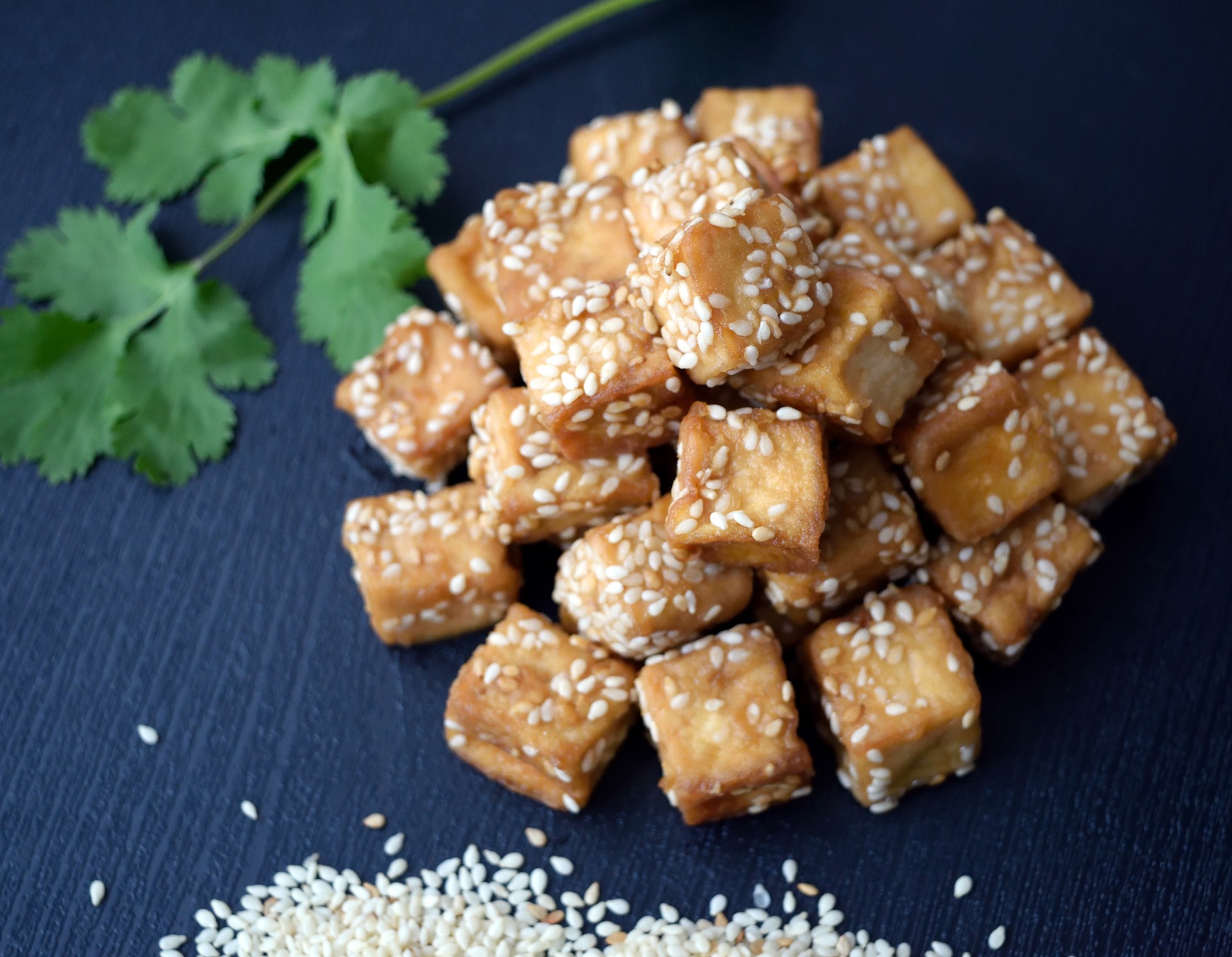As with this week’s Difference Between, today’s Food History post is one of those food items that you’re likely to either love or hate: tofu.
Let’s check out tofu’s history.
Tofu is a Japanese word, although it almost definitely hails from China.
There are four (or more) theories on the origin of tofu in China:
- The Liu An Theory: Tofu was developed by Liu An King who lived in the southeast part of North China from 179 to 122BC.
- The Accidental Coagulation Theory (which sounds like a Big Bang Theory episode title): Tofu was developed by accident, prior to 600AD, when someone likely pureed a soybean soup and added sea salt, then noticed the curds being formed.
- The Indian Import Theory: Tofu was imported from dairying tribes or Buddhist monks of India.
- The Mongolian Import Theory: Tofu-making was adopted from cheese-making processes, learned from the Mongolian tribes living along the northern border of China.
As regular readers may have noticed, I tend to narrow down Food History posts to the food item’s history within our own country, in particular. With tofu, Benjamin Franklin is credited with tofu’s history in America.
Reportedly, when in London in 1770, Franklin sent Phildelphia-based John Bartram (a botanist and horticulturist) some soybeans. In addition, he passed along a “universal use of a cheese made of them in China, which so excited [his] curiosity.”
Indeed, tofu is made from soybeans. Soybeans are ground up and filtered to make a heated soymilk. A coagulant such as calcium then turns the soymilk into curds that when pressed releases the whey from the tofu. Calcium sulfate began being used as the main thickening agent in tofu in the 1960s; prior to that, sea salt with the main solidifying property.
The firmness of the tofu can depend on many factors. I’ve always thought of tofu only looking one way, but evidently there are many flavors and textures and tofu available. The three main kinds are silken, soft, and firm; silken is best for mixing with other foods.
Although tofu has been at our disposal since the 1770s, America was not quick to jump on board. During the 1900s, soybeans were primarily grown for the purpose of regenerating the soil during crop rotation. Or, it was animal feed.
During the 1950s soybean production began increasing, and by the 1970s – 200 years after tofu became available here – grocery stores began to offer more unique products like tofu. At the same time, meat prices were going up, thus further driving tofu sales.
Indeed, tofu’s now semi-popularity stems from it being an excellent meat substitute for vegetarians – although it can be used for many other purposes, such as a liquid base in sauces.
Tofu is high in protein and low in saturated fat. As our country grows more health conscious, even non-vegetarians are beginning to check out this strange, yet versatile food.
